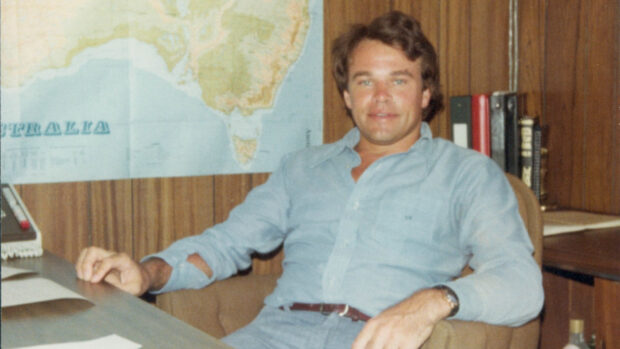A horse owner is calling for clearer guidance on what people should do if they are caught in traffic with a distressed animal, after a young horse he was travelling nearly collapsed when he was forced to spend 11 hours on board a lorry.
Stuart Fawcett was transporting three-year-old Clydesdale Sirius, whom he had just bought, to his farm in Great Ponton, Lincolnshire, when they became stuck in a tailback 10 minutes from the end of their six-hour journey.
A three-car collision had closed the A1 at Long Bennington, near a known accident blackspot, and after they had been at a standstill for over 90 minutes, Stuart phoned for help.
“We knew it was a blackspot so we thought it was probably serious and we’d have to be patient,” said Stuart. “We’d got stuck around 4.30pm and by 6.15pm I thought ‘this horse has been on the lorry for eight hours [the maximum allowed by law], and I don’t know how he is going to react’.
“With horses, it goes one of two ways — they’re either going to go down with exhaustion or go into panic mode and kick everything out the way and this is a 16.2hh or 16.3hh well-built young horse, so I called 101.”
Stuart told the police operator that there was no hard shoulder, and asked for help to take the horse safely off the lorry, but an hour later no one had arrived. He made several follow-up calls but received no assistance.
“I called them back and said I was getting concerned for the horse’s welfare — he had hay and water but he was starting to sweat and get very tired — and they told me an officer was already on the scene but no one was there,” he said. “I told them I just wanted someone in a high-vis to help move a few cars to one side, but they replied ‘what do you expect us to do, open the road?’.
“I told them I realised there was a serious accident but we had been waiting here for three or four hours and I just wanted a little bit of help to prevent another incident — but it was as if they thought we were being entitled.”
Having had no success calling 101, Stuart called an equine breakdown service to see if they could help. They advised him to call 999, which logged the incident but did not class it as a priority.
Eventually, Stuart called horsebox hire company CVC Equihire, which is based 20 miles away near Sleaford. They were able to send a lorry on back roads to collect Sirius from the nearest exit slip.
“They came out at about 9.30pm and we took the horse off the lorry,” Stuart said. “He is the sweetest horse with a temperament to die for — we had to walk him a quarter of a mile in a headcollar through the middle of standstill traffic, up the sliproad and into another box.
“He was absolutely shattered — we had to take a 45-minute back route home and as we went up the drive, he began to nod and started to go down. We just got him into a stable in time — that is how close it was to being a disaster.”
Sirius was given some sugar beet, rehydrated and the vet was kept on standby in case his condition worsened, but he had “bounced back” by the next day.
“They didn’t open the road until 2am, so if we hadn’t have been able to call out another box to pick us up, he would have been stuck for 14 hours,” he said.
“We just needed someone in high-vis, they could have got to us, the other carriageway was still moving. You just worry about your responsibilities in that situation — what if he had jumped over the barrier and into the moving traffic?”
Stuart, 28, is an enthusiast of the Clydesdale breed. The horses give carriage rides for visitors to his business at Dunkirk Farm.
“The sad thing about it is that it’s our mission here to keep the Clydesdale breed alive as they are classed as vulnerable — and that situation put him at risk,” he said.
Continues below…

Travelling horses in the heat – and what to do if you get stuck on the motorway

Leaving water on a horse will not make it hotter: expert busts the scraping myth

Subscribe to Horse & Hound magazine today – and enjoy unlimited website access all year round
“Our aim is to keep the heavy horses in driven work as there are very few being trained for harness now. I’ve bucked the trend a bit doing this at my age as it is something that has been dying out.”
Stuart added he had been particularly concerned by how the experience might have affected the young horse, who is set to be teamed up in the future with fellow three-year-old Severus.
“I think in these situations there needs to be a procedure that comes into affect after so many hours. People transporting horses need to know who they should contact, at what interval and who should be helping them. Emergency services also need to be trained so you aren’t passed around the control room,” he added.
We continue to publish Horse & Hound magazine weekly during the coronavirus pandemic, as well as keeping horseandhound.co.uk up to date with all the breaking news, features and more. Click here for info about magazine subscriptions (six issues for £6) and access to our premium H&H Plus content online.




